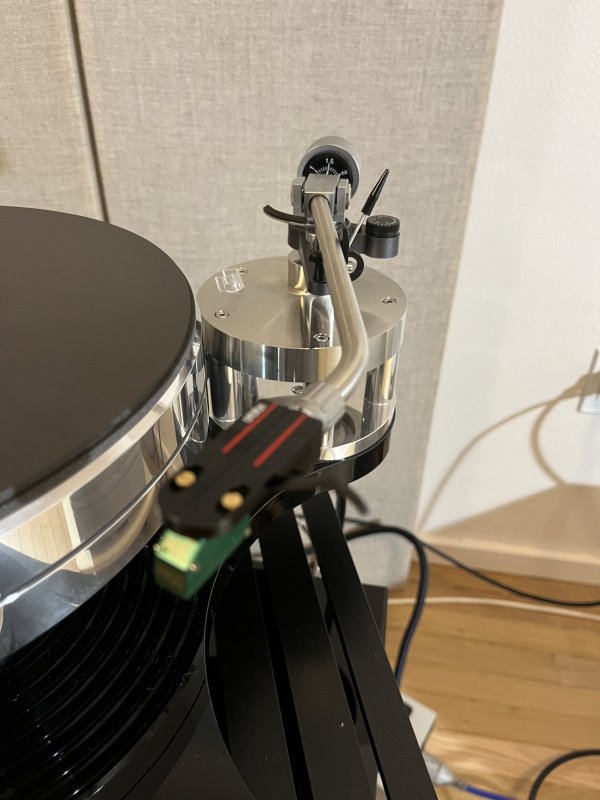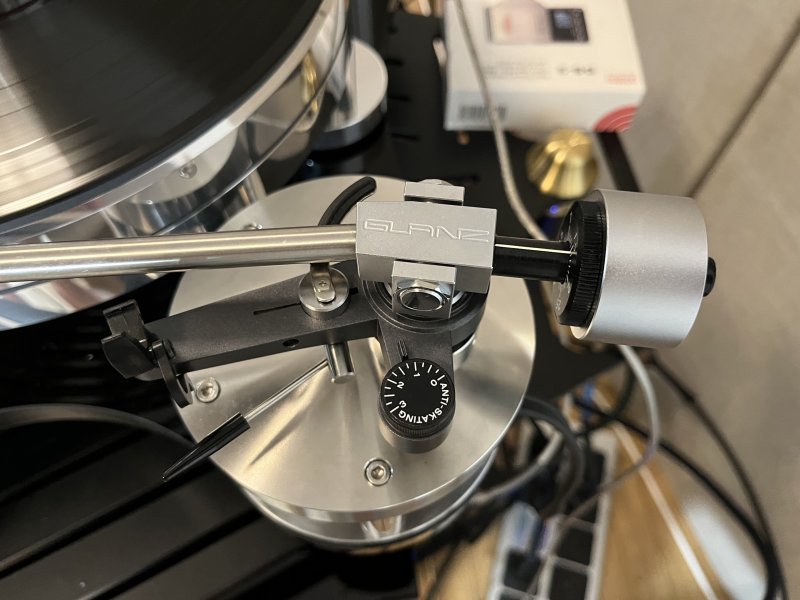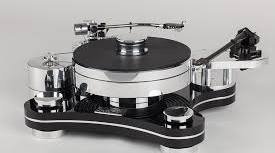In February 2022, when I started Locrian Audio dealership in Dallas, I looked at several analog gear to market, and whilst some of them were exquisite, I would have to spend over $50K in order to surpass my current sound performance. A legitimate question arose as to how many audiophiles could afford gear at such a price level and what would be the ceiling. Therefore, I dropped the quest for looking at the ultra-expensive TTs and concentrated on how to put an analog solution together that would be under $20K and that could compete with higher level gear and be musically enjoyable. The criteria that I focused on were:
The ZET 3 is an upgrade at a higher price ($8,185) but with a reason: it includes a heavier platter and a sandwich of two acrylic and an aluminum plate in between. It is a little more analytical, has deeper soundstage and better bass extension. In the price above, the power supply is also upgraded to M-1 Reference.
The Dark Star Reference sits between the two turntables listed above but provides more limited options on tonearm selection. The Dark Star will be a good option for anyone who wants a very good deck with no plans for expandability or upgradeability. The total cost, as recommended, will be $6,690, with the Transrotor Studio power supply.
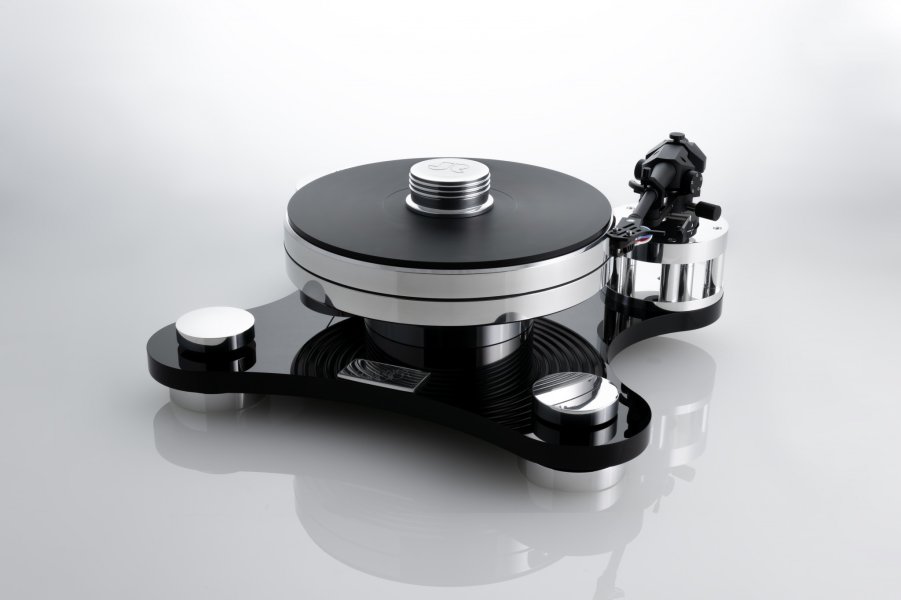
Tonearms: One can mount any tonearm in the above turntables with many options provided directly from Transrotor. The Transrotror own tonearms are excellent and can be ordered as a complete solution from the manufacturer. However, in my search I was limited to those with removable head shells, as it was a key criterion in my solution building. The short list comprised three tonearms, with Glanz being in the lead for the following reasons:
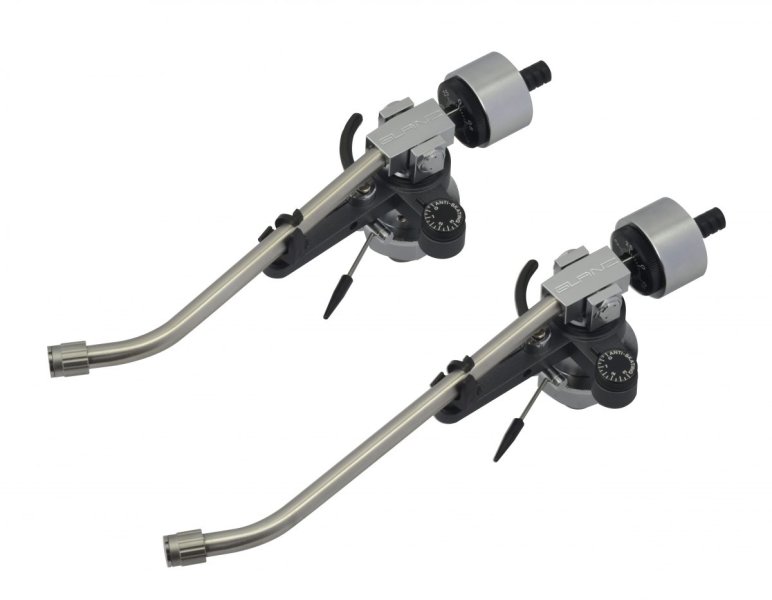
Phono: The Accuphase C-47 was the main phono used for the tests because it allowed easy A/B comparison due to multiple inputs and ease of parameter setting. Its MSRP is $12,575. Also, the C-47 was “reasonably” priced for a high end system. Budget alternatives come from Transrotor directly with the Phono III being the entry level at $1,200 and the 2 box balance solution 8.2 MC at $4,895.
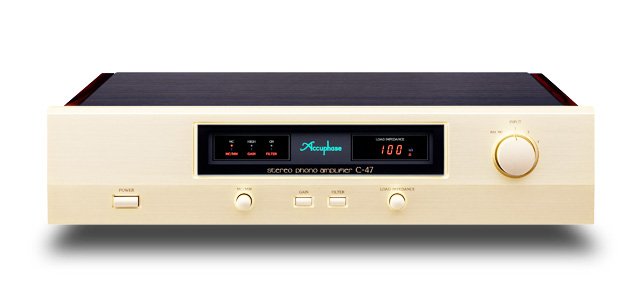
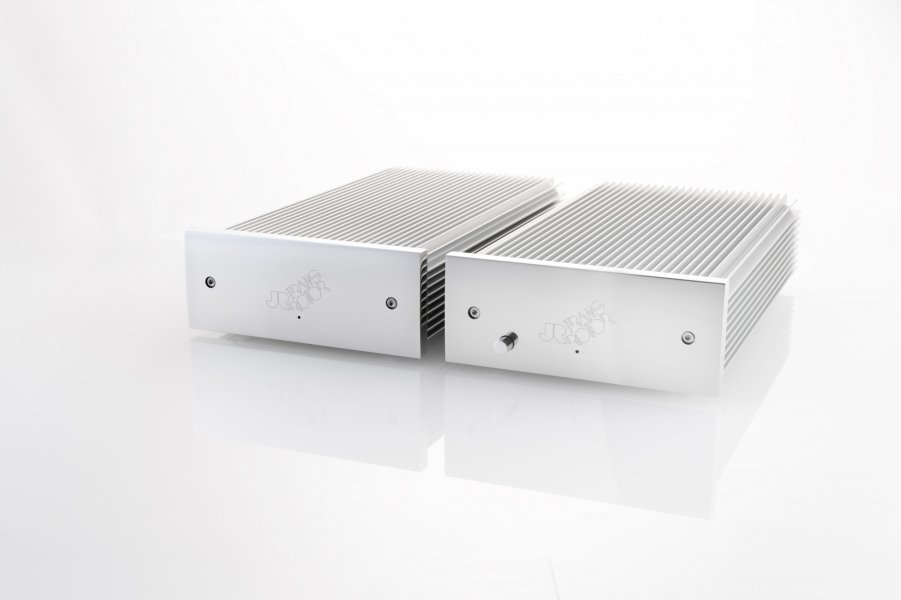
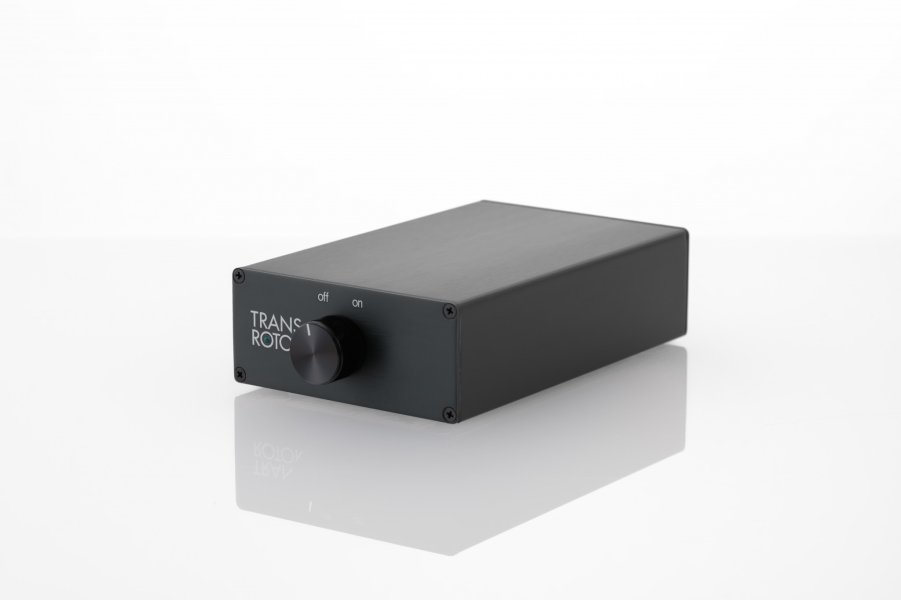
ZET-1 Complete Configurations ($8K, $15K and $22K) with MC Phono amplifier (excluding cartridge)
Starter Configuration: This encompassed the ZET-1, Constant Studio power supply, separate motor base, the Rega 330 arm and the Transrotor Phono III. The total cost for the solution is $8,400. This will make a solid entry-level option with higher performance than its price point and a clear path for upgradeability without significant loss of investment in case of future upgrades to better phono and tonearm. The recommended cartridge for this option would be the current model of the Shelter 501 or similar. This complete solution will be well under $10,000.
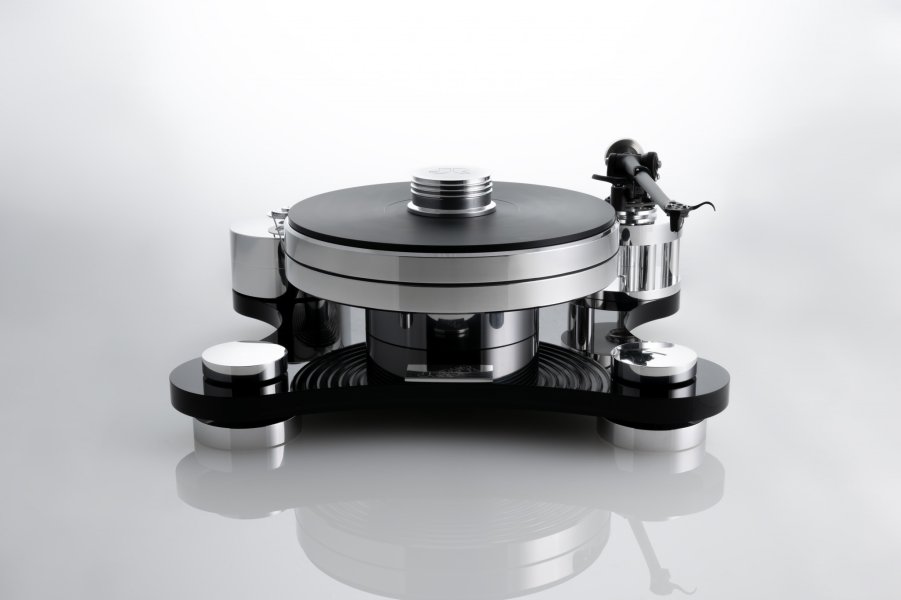
Intermediate: In the above solution, we keep the ZET-1 configuration but upgrade the Rega 330 with the Glanz 10B tonearm; add the heavier Glanz 10B arm-board; and substitute the Phono III for the balanced Transrotor 8.2 MC. The total cost would be $15,310. This option will be a significant sonic, usability and engineering upgrade as well as reaching a clear “high end” solution. There are many excellent MC cartridge pairing options here. For our tests we used Shelter, Accuphase, VDH, Lyra, Ikeda, etc. All performed outstandingly, thus it comes down to personal preference.
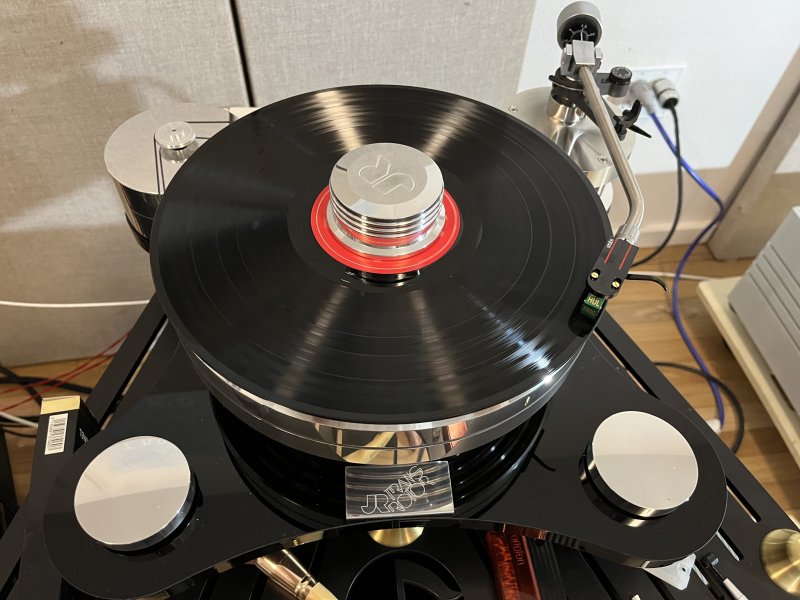
Destination: The main upgrade from the intermediate solution above is the upgrade of phono with the Accuphase C-47. This will bring the system several notches above and provide a tremendous performance / value advantage. We have used this configuration extensively as reference with excellent results, and received many accolades from audiophiles who had the opportunity to audition. Furthermore, the C-47 has the ability to handle multiple tonearms or TTs.
The destination system can be upgraded to Transrotor ZET-3, which will provide a higher level of analysis, larger soundstage and deeper bass for an additional $2,000. Again, as everything in the audiophile world, this comes down to personal preferences, complementing components of the system, room conditions, choice of cartridges, etc. In our test with the ZET-1, the upgrade did not seem necessary; but we cannot deny that ZET-3 is superior, mainly due to its additional mass.
Conclusion
The Transrotor ZET-1 and ZET-3, complemented by the Glanz 10B tonearm, provide a simple yet solidly high end performance. It is very easy to set up and maintain, it has multiple paths for upgrades, and makes cartridge change a 3-minute task. It is very musical with excellent separation, depth and wide soundstage. The timbres were natural and the frequency extension outstanding. The provided acrylic mat contributed significantly to its sonic attributes and preferred it to my usual graphite mats. There was absolutely no edge or fatigue on the highs and the bass was quick and deep. Bad recordings or poor vinyl quality were enjoyable while outstanding recordings provided the “being there” sensation.
In today’s über expensive entry barriers to high end analog, the above solution provides a viable consideration to those who would like to have a high end analog without making an outrageous investment. It is a well-matched system that can become significantly better when using world class cartridges. In addition, there is room for adding a second tonearm and a higher level power supply. Furthermore, its simplicity to operate and be kept optimally tuned over time provides an advantage over potentially better (and more expensive) turntables, albeit requiring constant attention and adjustments to operate at their best. We love the “set-up and forget” attitude of this solution.
Associated equipment
Turntable: ZET-1 base deck with M-1 Reference power supply; Simon Yorke S9
Tonearm: Glanz 10B with ZET-1 armboard; Tri-Planar U2 Mk VII Classic with carbon arm tube
Cartridges: Shelter Harmony; Accuphase AC-6; Ikeda 9xx and SAI; Lyra Skala; VDH Frog, Transfiguration Orpheus
Head-shells: MSL, Ikeda, Ortofon and AS Arche
Phono Amplifier: Accuphase C-47
Preamplifier: Ypsilon PST 100 Mk 2
Amplifier: Accuphase A-80
Speakers: German Physiks HRS-130 and PQS-302
- The turntable had to be mass-loaded with an upgrade path, and capable of having two tonearms, if possible
- The main tonearm will preferably have removable head shells, as I like to quickly change cartridges for various reasons, such as choice of music genres, recording, or mood. In addition, it was important to have the ability to obtain an arm board directly from the TT or tonearm manufacturer for both quality purposes and hassle free user experience.
- Choice of phono amps that can handle a variety of MC loads
- Match well with a variety of cables that do not cost as much as a new car.
The ZET 3 is an upgrade at a higher price ($8,185) but with a reason: it includes a heavier platter and a sandwich of two acrylic and an aluminum plate in between. It is a little more analytical, has deeper soundstage and better bass extension. In the price above, the power supply is also upgraded to M-1 Reference.
The Dark Star Reference sits between the two turntables listed above but provides more limited options on tonearm selection. The Dark Star will be a good option for anyone who wants a very good deck with no plans for expandability or upgradeability. The total cost, as recommended, will be $6,690, with the Transrotor Studio power supply.

Tonearms: One can mount any tonearm in the above turntables with many options provided directly from Transrotor. The Transrotror own tonearms are excellent and can be ordered as a complete solution from the manufacturer. However, in my search I was limited to those with removable head shells, as it was a key criterion in my solution building. The short list comprised three tonearms, with Glanz being in the lead for the following reasons:
- Sound at the entry level for the 10B model ($2,900 for 9, 10 or 12 inch)
- Wide range of arms with each model coming with a 9, 10 or 12 inch option at the same price for each model
- Well thought out and quality manufacturing of armboards for the Transrotor TTs
- Ease of optimal set-up
- Includes phono cable. Entry level, but very respectable performance. Therefore, all listening was conducted with the encompassed DIN to RCA phono cable. The silver VDH cable was also excellent, without necessitating a significant investment.
- Arm board from Glanz or Transrotor will cost an additional $1,000. We used the one provided from Glanz made of stainless steel, which also added mass to the arm apparatus.
- The only disadvantage is that the audiophile must provide his/her own head shell. We used MSL (highest rating for ease of installation), Ortofon, AS Arche and Ikeda (preferred). I did not have a chance to try Glanz’s own head shell, but I will do so in the near future and update accordingly.

Phono: The Accuphase C-47 was the main phono used for the tests because it allowed easy A/B comparison due to multiple inputs and ease of parameter setting. Its MSRP is $12,575. Also, the C-47 was “reasonably” priced for a high end system. Budget alternatives come from Transrotor directly with the Phono III being the entry level at $1,200 and the 2 box balance solution 8.2 MC at $4,895.



ZET-1 Complete Configurations ($8K, $15K and $22K) with MC Phono amplifier (excluding cartridge)
Starter Configuration: This encompassed the ZET-1, Constant Studio power supply, separate motor base, the Rega 330 arm and the Transrotor Phono III. The total cost for the solution is $8,400. This will make a solid entry-level option with higher performance than its price point and a clear path for upgradeability without significant loss of investment in case of future upgrades to better phono and tonearm. The recommended cartridge for this option would be the current model of the Shelter 501 or similar. This complete solution will be well under $10,000.

Intermediate: In the above solution, we keep the ZET-1 configuration but upgrade the Rega 330 with the Glanz 10B tonearm; add the heavier Glanz 10B arm-board; and substitute the Phono III for the balanced Transrotor 8.2 MC. The total cost would be $15,310. This option will be a significant sonic, usability and engineering upgrade as well as reaching a clear “high end” solution. There are many excellent MC cartridge pairing options here. For our tests we used Shelter, Accuphase, VDH, Lyra, Ikeda, etc. All performed outstandingly, thus it comes down to personal preference.

Destination: The main upgrade from the intermediate solution above is the upgrade of phono with the Accuphase C-47. This will bring the system several notches above and provide a tremendous performance / value advantage. We have used this configuration extensively as reference with excellent results, and received many accolades from audiophiles who had the opportunity to audition. Furthermore, the C-47 has the ability to handle multiple tonearms or TTs.
The destination system can be upgraded to Transrotor ZET-3, which will provide a higher level of analysis, larger soundstage and deeper bass for an additional $2,000. Again, as everything in the audiophile world, this comes down to personal preferences, complementing components of the system, room conditions, choice of cartridges, etc. In our test with the ZET-1, the upgrade did not seem necessary; but we cannot deny that ZET-3 is superior, mainly due to its additional mass.
Conclusion
The Transrotor ZET-1 and ZET-3, complemented by the Glanz 10B tonearm, provide a simple yet solidly high end performance. It is very easy to set up and maintain, it has multiple paths for upgrades, and makes cartridge change a 3-minute task. It is very musical with excellent separation, depth and wide soundstage. The timbres were natural and the frequency extension outstanding. The provided acrylic mat contributed significantly to its sonic attributes and preferred it to my usual graphite mats. There was absolutely no edge or fatigue on the highs and the bass was quick and deep. Bad recordings or poor vinyl quality were enjoyable while outstanding recordings provided the “being there” sensation.
In today’s über expensive entry barriers to high end analog, the above solution provides a viable consideration to those who would like to have a high end analog without making an outrageous investment. It is a well-matched system that can become significantly better when using world class cartridges. In addition, there is room for adding a second tonearm and a higher level power supply. Furthermore, its simplicity to operate and be kept optimally tuned over time provides an advantage over potentially better (and more expensive) turntables, albeit requiring constant attention and adjustments to operate at their best. We love the “set-up and forget” attitude of this solution.
Associated equipment
Turntable: ZET-1 base deck with M-1 Reference power supply; Simon Yorke S9
Tonearm: Glanz 10B with ZET-1 armboard; Tri-Planar U2 Mk VII Classic with carbon arm tube
Cartridges: Shelter Harmony; Accuphase AC-6; Ikeda 9xx and SAI; Lyra Skala; VDH Frog, Transfiguration Orpheus
Head-shells: MSL, Ikeda, Ortofon and AS Arche
Phono Amplifier: Accuphase C-47
Preamplifier: Ypsilon PST 100 Mk 2
Amplifier: Accuphase A-80
Speakers: German Physiks HRS-130 and PQS-302

Attachments
Last edited:


